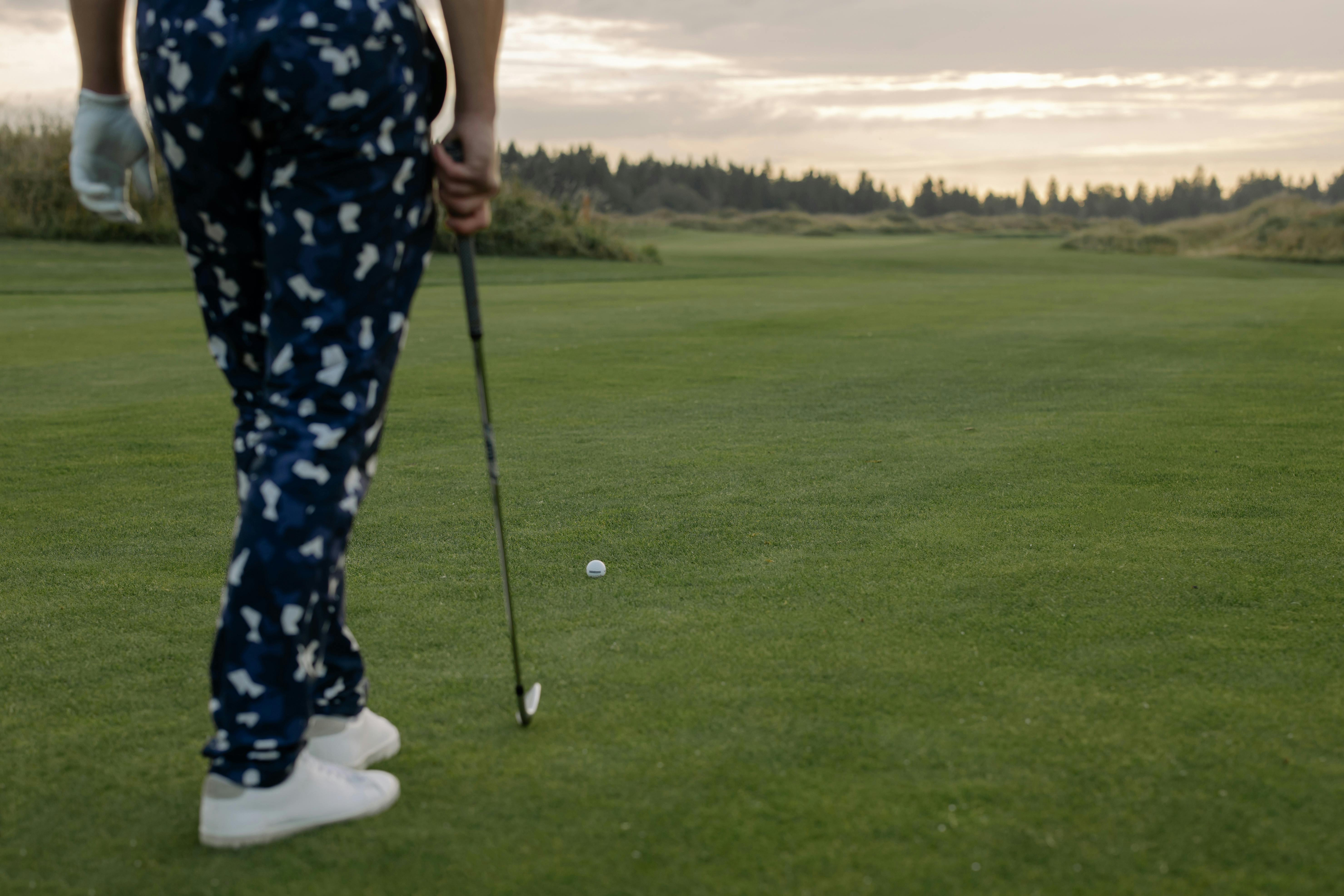Waterproof shade sails: is it worth it?
Waterproof shade sails are becoming increasingly popular in the United States. Many people have caught the shade sail bug and the wheels of invention keep turning. Umbrellas are usually made from polyethylene shade cloth, which is a woven, porous material. Some brands of polyethylene fabric are more porous than others. The lack of full waterproofing can be a huge drawback for some people. Maybe you live in an area that has a lot of seasonal rain. This could certainly be a drawback if you want to sit outside and watch the rain under a slightly leaky shade sail. Shade sails should be sloped to allow water to run off; however, some people want a material that completely limits the amount of water that can get through. Glenn Raven introduced Sunbrella fabric in the 1960s as a superior alternative to traditional cotton awning materials. These days, Sunbrella is used for all sorts of applications, from furniture to awnings to sun sails. There are several things you should know about waterproof shade sails before making your purchase.
Sunbrella fabric is an excellent material for making solar sails. It’s available in a multitude of colors and now comes with a 10-year UV rating. This is an advantage over fabrics rated for 5 years, as it will definitely last longer in the sun. It can also be found in a variety of colors that may not be as readily available in shade cloth. It is also more expensive than traditional polyethylene fabric. It is also considered waterproof. Keep in mind, however, that Sunbrella fabric must allow some water to pass through so it doesn’t pool inside the fabric. This prevents the material from mold and deterioration. The amount of water passing through the fabric is not noticeable.
Waterproof shade sails should also be angled 20 degrees for every 10 feet of shade sail. This prevents water from collecting in the middle and causing the sail to sink. So if you have a 25 foot side sail, you need to angle it about 45 degrees. This also gives your parasol an artistic flair that is unsurpassed by traditional awnings or patio covers. You can also choose to install your sail at different heights in each corner. This creates a hyper effect and also allows the water to run off at the same time.
Another thing to keep in mind is that Sunbrella fabric does not stretch as much as shade clothing and therefore is not as forgiving. Sunbrella can only stretch about 2 inches at most. Shade cloth, on the other hand, can stretch much more significantly. Some sails, depending on the size, made of shade cloth, can be stretched from 18 to 24 inches. You won’t be able to stretch very far if you’re in an installation stripping and need to get 6 inches more length to meet your attachment point when using Sunbrella waterproof fabric. Therefore, it is very important to plan your installation carefully and take note of the length of your hardware in relation to the size of your shade sail. Proper planning will make installing your waterproof shade sail easy.
Waterproof parasols provide many benefits that non-waterproof sails do not. They keep restaurant patrons from getting wet while dining on the patio during a moderate storm. Waterproof solar sails will also keep your driveway from getting wet. They are also available in many colors for you to choose from. However, it is important to note that they also have different installation characteristics than non-waterproof sails. Waterproof shade sails will also react differently to wind loads. You may want to consult with an engineer before undertaking this project. Most residential applications will not require an engineer, however commercial uses will likely require permits, wind rating certificates, etc.
